Bearing Pipes
Pipes designed for bearing loads, offering high strength and durability.
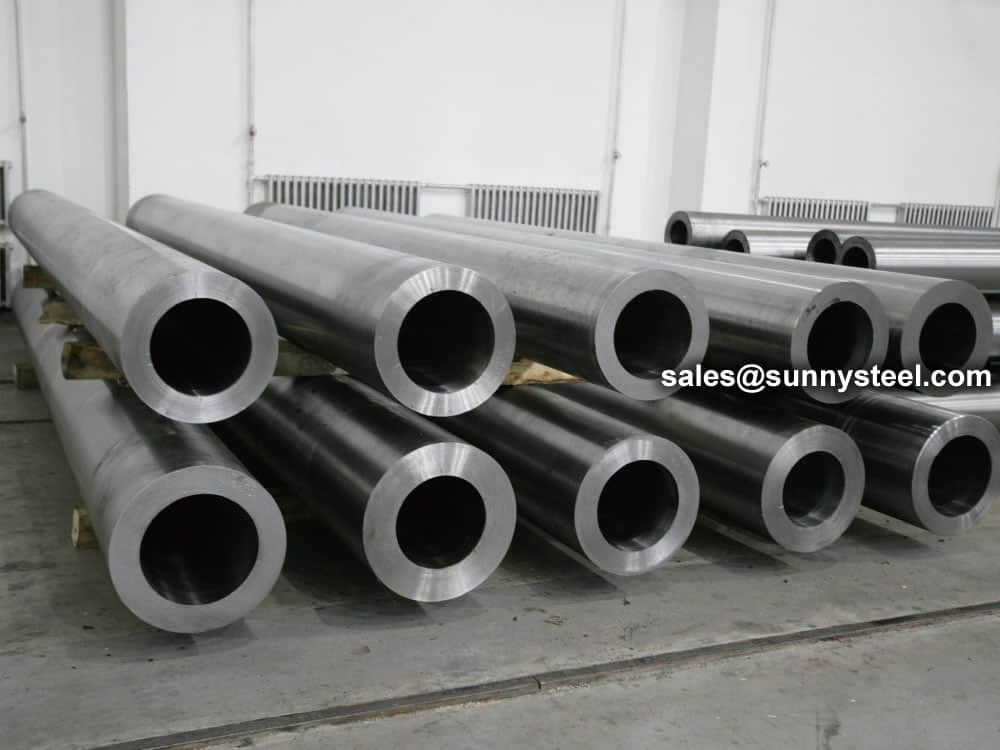
Bearing pipe is a kind of seamless steel pipe by hot-rolled or cold-rolled ( cold drawn ), used for the manufacture of ordinary bearing rings.
The outer diameter of pipe is usually 25-180 mm and with wall thickness of 3.5-20 mm.
Introduction Bearing steel pipe is a sort of hot-rolled or cold-rolled (cold-drawn) seamless steel tube. Salvaging used for producing general antifriction bearing ferrule. The side diameter is 25 mm to 180 mm along with the thickness is between3.5 to twenty mm.
We mainly provide general precision and high precision bearing steel pipes.
ASTM A295 specification covers high-carbon bearing-quality steel to be used in the manufacture of anti-friction bearings. The most common steel grade in ASTM A295 standard is 52100.
| Country | USA | German | Japan | British |
|---|---|---|---|---|
| Standard | ASTM A295 | DIN 17230 | JIS G4805 | BS 970 |
| Grades | 52100 | 100Cr6/1.3505 | SUJ2 | 535A99/EN31 |
| Standard | Grade | C | Mn | P | S | Si | Ni | Cr | Cu | Mo |
|---|---|---|---|---|---|---|---|---|---|---|
| ASTM A295 | 52100 | 0.93-1.05 | 0.25-0.45 | 0.025 | 0.015 | 0.15-0.35 | 0.25 | 1.35-1.60 | 0.3 | 0.1 |
| DIN 17230 | 100Cr6/1.3505 | 0.90-1.05 | 0.25-0.45 | 0.03 | 0.025 | 0.15-0.35 | 0.3 | 1.35-1.65 | 0.3 | – |
| JIS G4805 | SUJ2 | 0.95-1.10 | 0.5 | 0.025 | 0.025 | 0.15-0.35 | – | 1.30-1.60 | – | – |
| BS 970 | 535A99/EN31 | 0.95-1.10 | 0.40-0.70 | – | – | 0.10-0.35 | – | 1.20-1.60 | – | – |
| Properties | Metric | Imperial |
|---|---|---|
| Bulk modulus (typical for steel) | 140 GPa | 20300 ksi |
| Shear modulus (typical for steel) | 80 GPa | 11600 ksi |
| Elastic modulus | 190-210 GPa | 27557-30458 ksi |
| Poisson’s ratio | 0.27-0.30 | 0.27-0.30 |
| Hardness, Brinell | – | – |
| Hardness, Knoop (converted from Rockwell C hardness) | 875 | 875 |
| Hardness, Rockwell C (quenched in oil from 150°C tempered) | 62 | 62 |
| Hardness, Rockwell C (quenched in water from 150°C tempered) | 64 | 64 |
| Hardness, Rockwell C (quenched in oil) | 64 | 64 |
| Hardness, Rockwell C (quenched in water) | 66 | 66 |
| Hardness, Vickers (converted from Rockwell C hardness) | 848 | 848 |
| Machinability (spheroidized annealed and cold drawn. Based on 100 machinability for AISI 1212 steel) | 40 | 40 |
| Properties | Metric | Imperial |
|---|---|---|
| Density | 7.81 g/cm3 | 0.282 lb/in³ |
| Melting point | 1424°C | 2595°F |
| Properties | Metric | Imperial |
|---|---|---|
| Thermal expansion co-efficient (@ 23-280°C/73.4- 36°F, annealed) | 11.9 µm/m°C | 6.61 µin/in°F |
| Thermal conductivity (typical steel) | 46.6 W/mK | 323 BTU in/hr.ft².°F |
AISI 52100 alloy steel is forged at 927 to 1205°C, and should not be forged below 925ºC. A post-forge equalization treatment is recommended at 745ºC for 4-6 hours followed by air cooling for SAE/AISI 52100 steel.
Bearing steel is used to make ball, roller and bearing rings of steel. Bearings work under immense pressure and friction, it requires a high and uniform bearing steel hardness and wear resistance, and a high elastic limit. Bearing steel chemical composition uniformity, non-metallic inclusion content and distribution, the distribution of carbides and other requirements are very stringent requirements of all steel production in one of the most demanding steel grades.
Bearing steel has a high smelting quality requirements, meanwhile, and requires strict control of sulfur, phosphorus, hydrogen content, and non-metallic inclusions and carbides of the number, size and distribution, non-metallic inclusions and carbides as the number, size and distribution service life of the bearing steel great influence, often bearing failure is in large carbide inclusions or micro-cracks generated around the extension to.
Inclusions content and oxygen content in steel is closely related to the higher oxygen content, the more the number of inclusions, the shorter life expectancy.
And carbide inclusions larger particle size, more uniform distribution, the shorter the service life, and their size , distribution and use of the smelting process and the smelting quality is closely related to, now bearing steel production as well as the main process is the continuous casting EAF + ESR smelting process, as well as a small amount of vacuum induction vacuum arc double vacuum or + repeatedly vacuum consumable and other technology to improve the quality of bearing steel.
Since the bearing should have a long life, high precision, low heat, high speed, high rigidity, low noise, high wear resistance and other characteristics, thus requiring the bearing pipe should have: high hardness, uniform hardness, high elastic limit, high contact fatigue strength, must toughness, hardenability must be in atmospheric corrosion resistance of the lubricant. To achieve these performance requirements, the chemical composition of steel bearings homogeneity, non-metallic inclusion content and type, size and distribution of carbides, decarburization demanding. Overall bearing steel to high-quality, high performance and multi-species direction. Bearing steel according to characteristics and application environments are divided into: high carbon chromium bearing steel, carburizing bearing steel, high temperature bearing steel, stainless steel and special bearing special bearing materials. To meet the high-temperature, high-speed, high load, corrosion, anti-radiation requirements, need to develop a series of special performance of the new bearing steel. In order to reduce the oxygen content of bearing steel, the development of vacuum smelting, electroslag remelting, electron beam remelting bearing steel smelting technology.
The large quantities of bearing steel smelting by the arc melting, to develop into all types of early Canadian refining furnace.
With years of expertise, we provide a diverse array of steel tube processing options. From sawing and machining tube blanks to intricate bending and upsetting operations, we actively assist you throughout your projects.
Our capabilities extend to eccentricity reduction and concentricity enhancement through turning and grinding. We excel in creating complex geometries using processes like rotary swaging and axial forming. Additionally, we offer property modifications via partial heat treatment, ensuring tailored solutions for your specific needs.
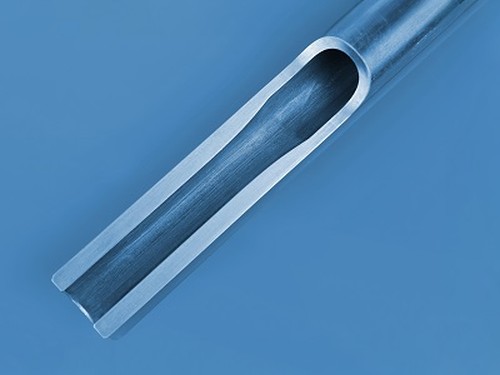
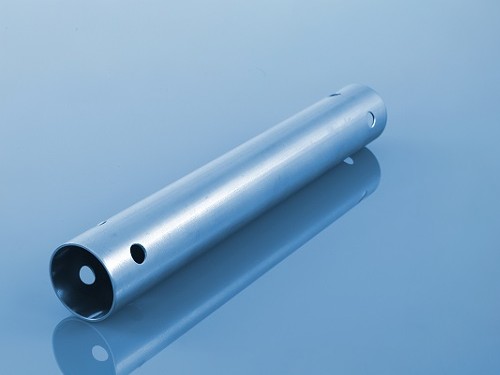
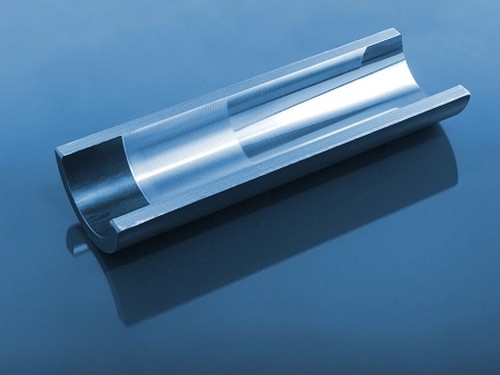
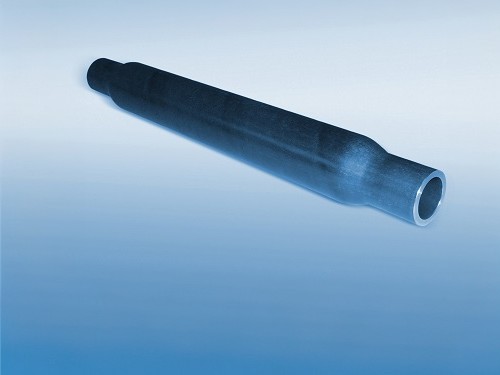
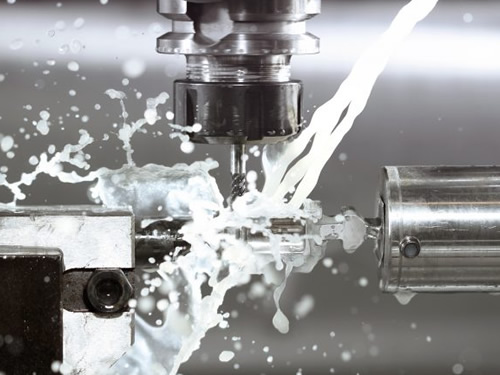
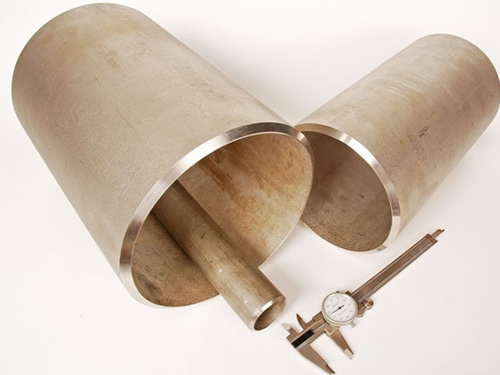
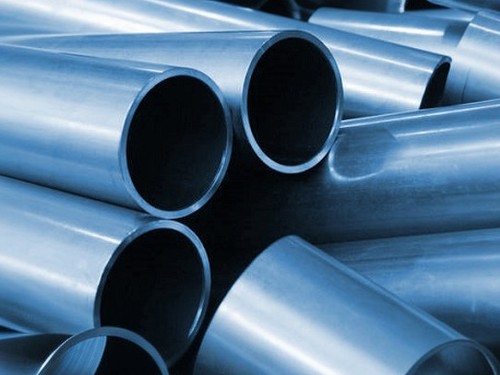
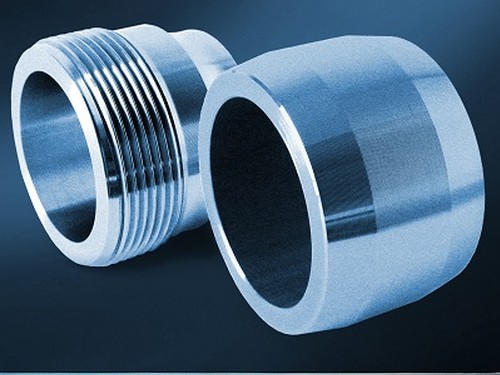
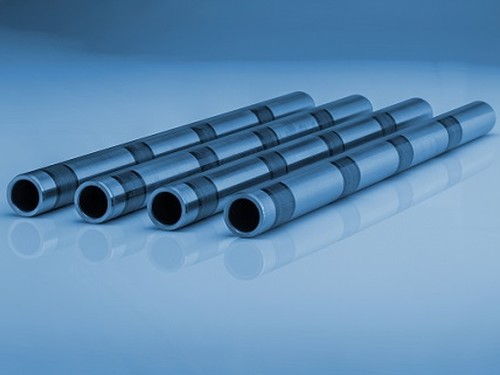
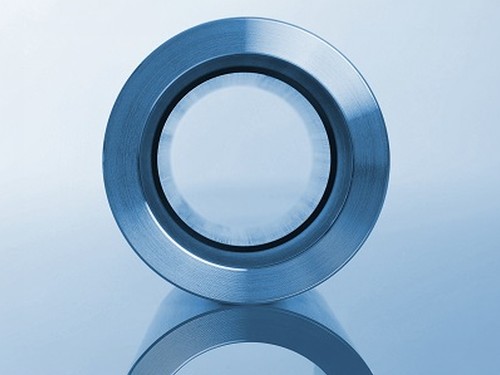
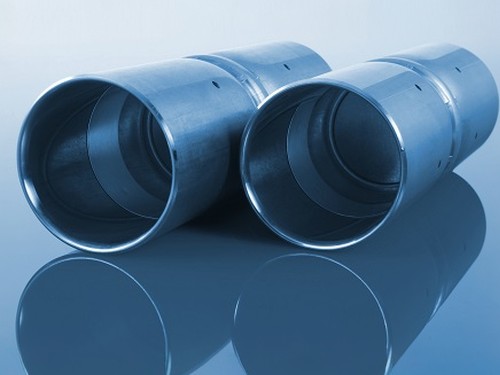
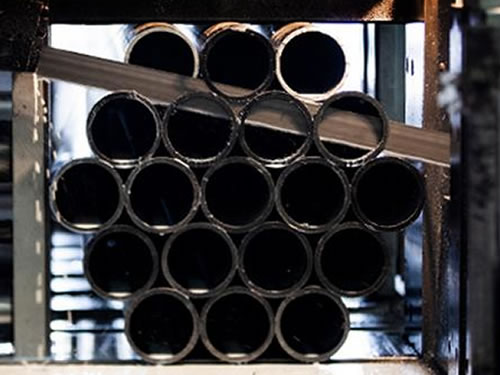

Alloy steel pipes are ideally suitable for chemical, petrochemicals, and other energy-related applications.
The alloy steel pipe adopts high quality carbon steel, alloy structural steel and stainless & heat resisting steel as raw material through hot rolling or cold drawn to be made.
Alloy steel can be used in process area where carbon steel has limitation such as
As an important element of steel products, alloy steel pipe can be divided into seamless steel pipe and welded steel pipe according to the manufacturing technique and tube billet shape.
Here you can see the common alloy steel grade that you will come across.
There are many kinds of materials used for transport in industrial production. Specifically we will have more choices and it is not limited to the use of alloy steel pipe. But even in the face of more choices, many people tend to choose alloy steel pipe. People make their own choices will have their own reasons. This means the alloy steel pipe application has its own advantages. Compared with transmission lines made of other materials, after it meets the basic application requirements, its quantity is lighter. Then in the practical application of alloy steel pipe, it will have more advantages because of this. Besides its physical characteristic advantage, it also has economic advantages. The wide application of alloy steel pipe is with kinds of reasons. So in practical usage, we can exploit the advantages to the full, in this way can we get more profits in these applications of alloy steel pipe.
The transportation of kinds of gases or liquids in production needs to rely on alloy steel pipe. This shows that the actual role of alloy steel pipe application is important. High temperature resistant and low temperature resistant is the tolerance of temperature. In the practical application of alloy steel pipe, there will be many materials need to be transported. However their temperatures are not the same. So this can be the basic requirement to alloy steel pipe. It needs more corrosion resistance. Corrosion resistant material is the best material during transporting, because it is corrosion resistant. So it can be used in more occasions. And it is definitely very convenient for users.
Can be 100% recycled, environmentally friendly, energy-saving, resource conservation, national strategy, national policy to encourage the expansion of the field of application of high-pressure alloy pipe. Of alloy steel pipe total consumption accounted steel in the proportion is only half of the developed countries, to expand the field of use of the alloy steel pipe to provide a wider space for the development of the industry. The future needs of the average annual growth of China’s high-pressure alloy steel pipe long products up to 10-12%.
Alloy Steel pipe contains substantial quantities of elements other than carbon such as nickel, chromium, silicon, manganese, tungsten, molybdenum, vanadium and limited amounts of other commonly accepted elements such as manganese, sulfur, silicon, and phosphorous.
Our team of experienced sales specialists proudly partners with gas and chemical processors, power generation plants, oil refineries, and related industries to offer piping components and value-added services.
The biggest advantages of alloy steel pipe can be 100% recycled, environmentally friendly, energy-saving, resource conservation, national strategy, national policy to encourage the expansion of the field of application of high-pressure alloy pipe. Of alloy tube total consumption accounted steel in the proportion is only half of the developed countries, to expand the field of use of the alloy tube to provide a wider space for the development of the industry. According to the Chinese Special Steel Association alloy pipe Branch Expert Group, the future needs of the average annual growth of China’s high-pressure alloy pipe long products up to 10-12%.
Chemical composition inspection, mechanical properties test(tensile strength,yield strength, elongation, flaring, flattening, bending, hardness, impact test), surface and dimension test,no-destructive test, hydrostatic test.
identification of the chemical composition of the metal used to manufacture the fitting. Uses PMI sensors, including X-ray fluorescence or optical emission spectrometry.
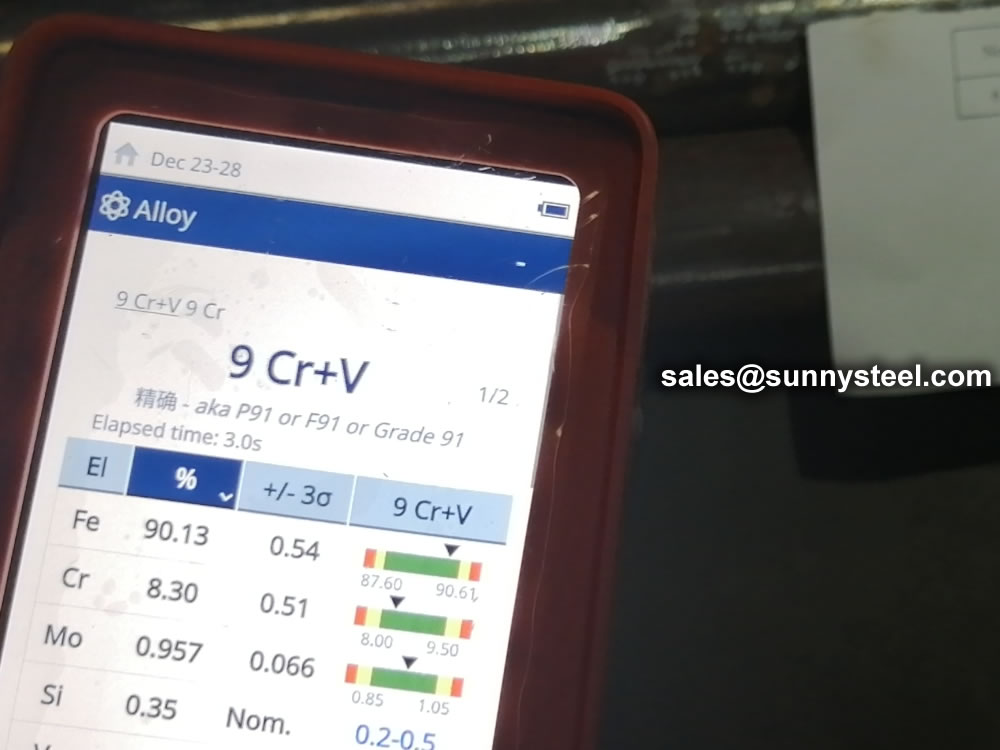
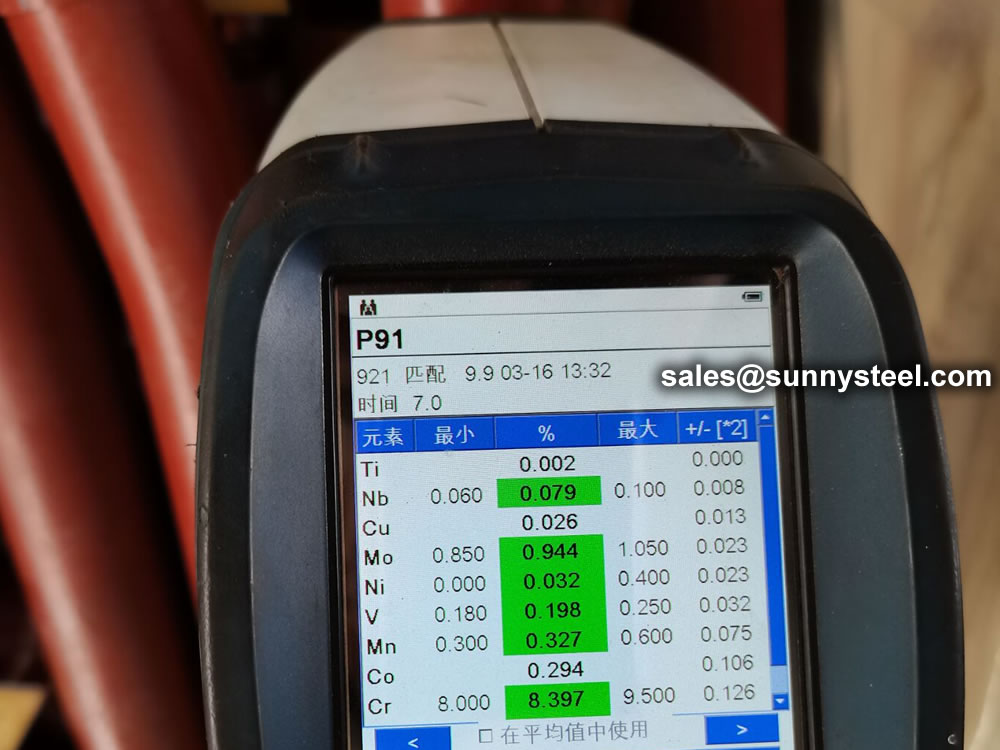
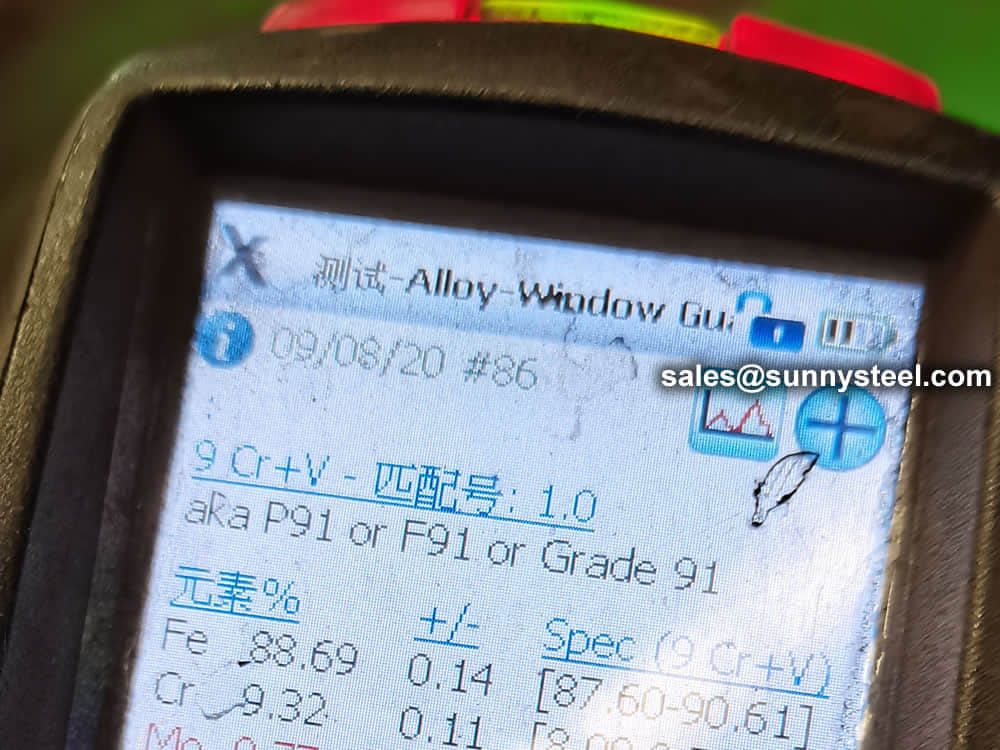
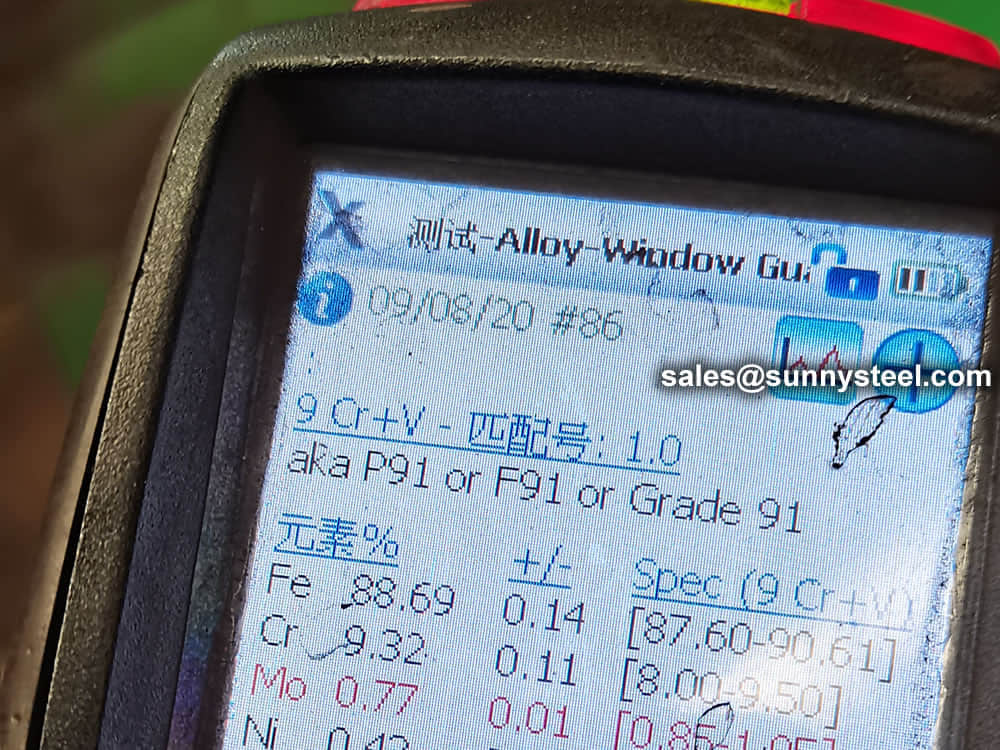
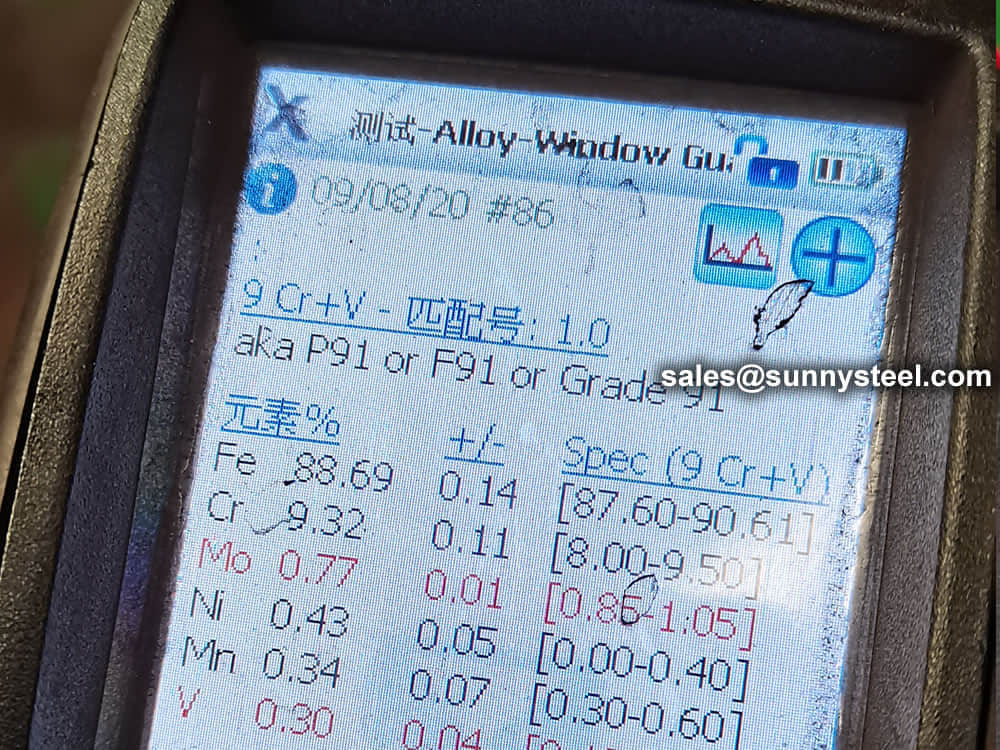

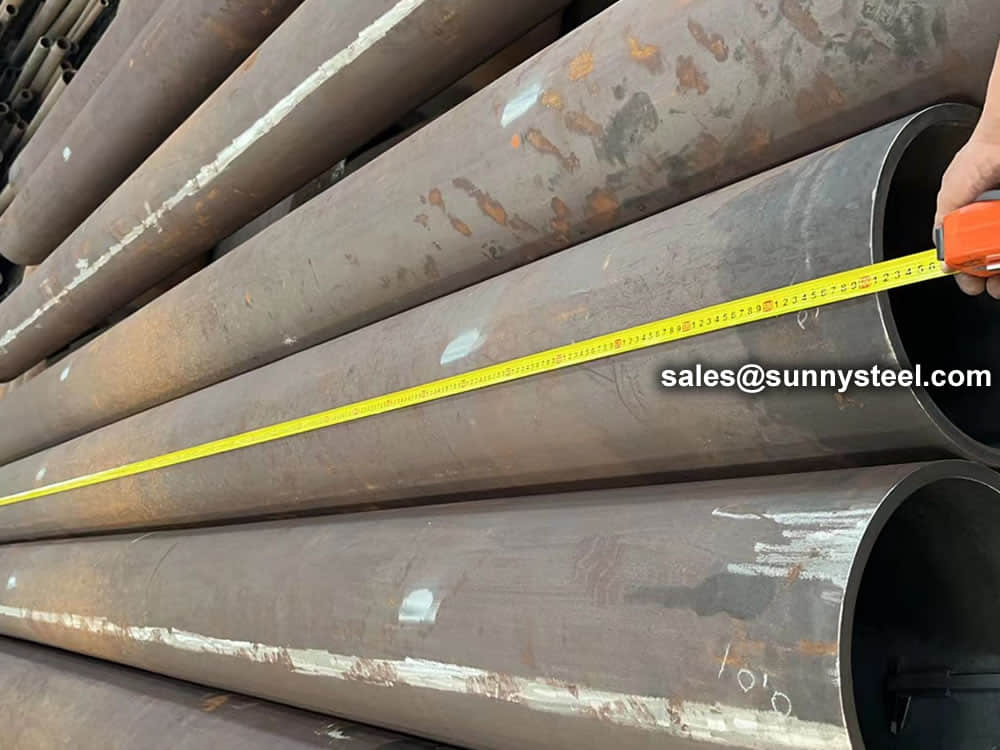
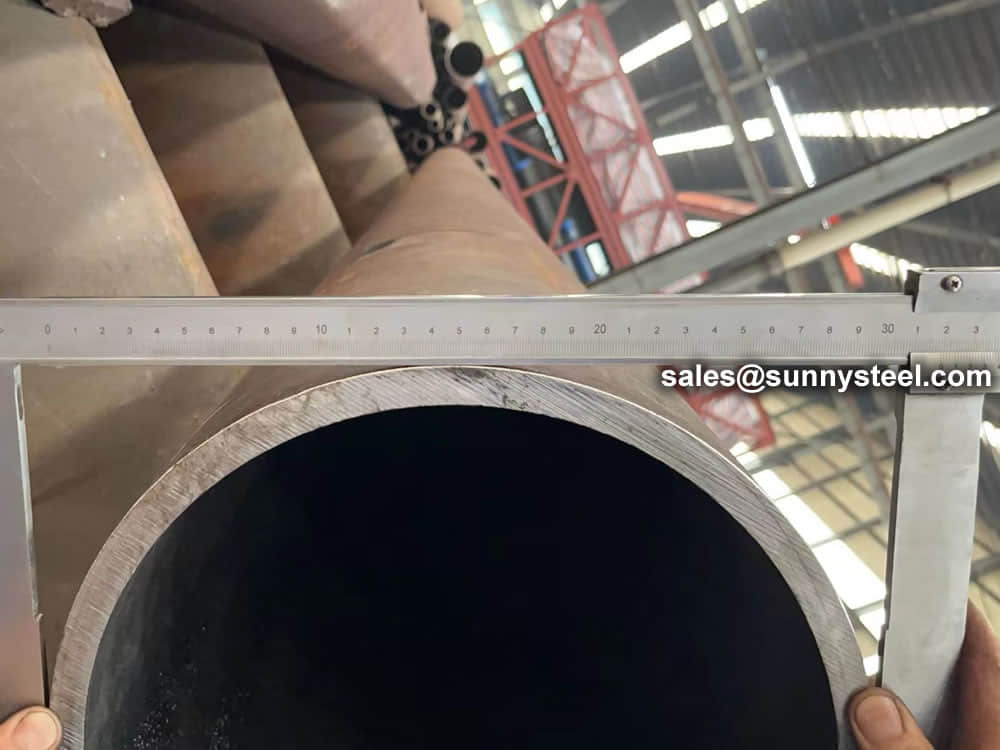
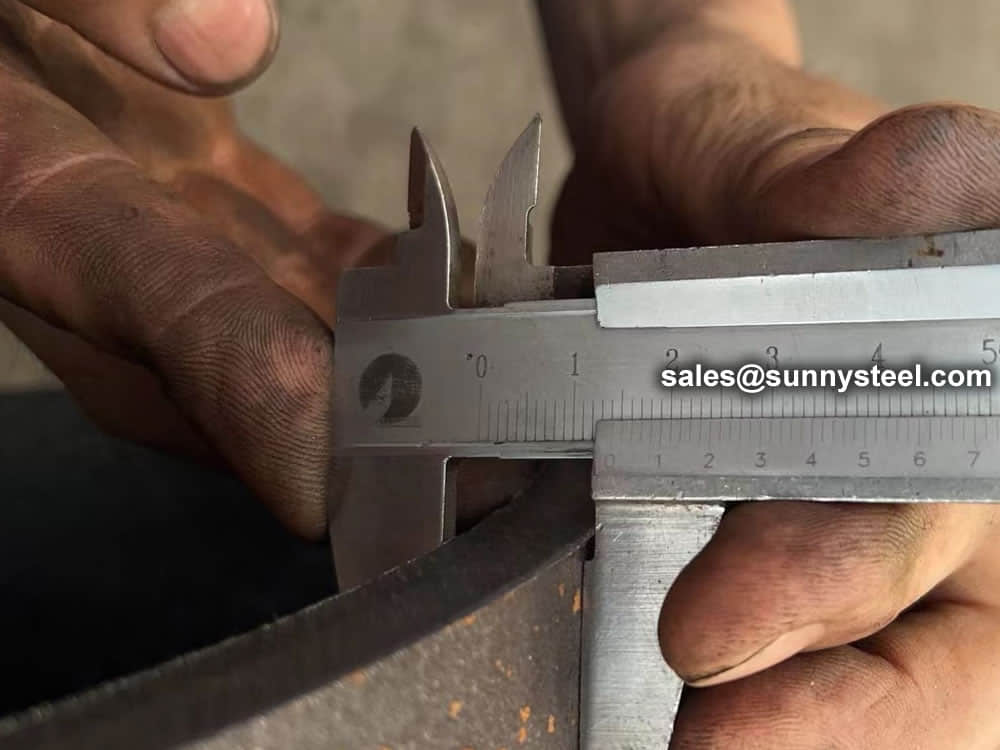
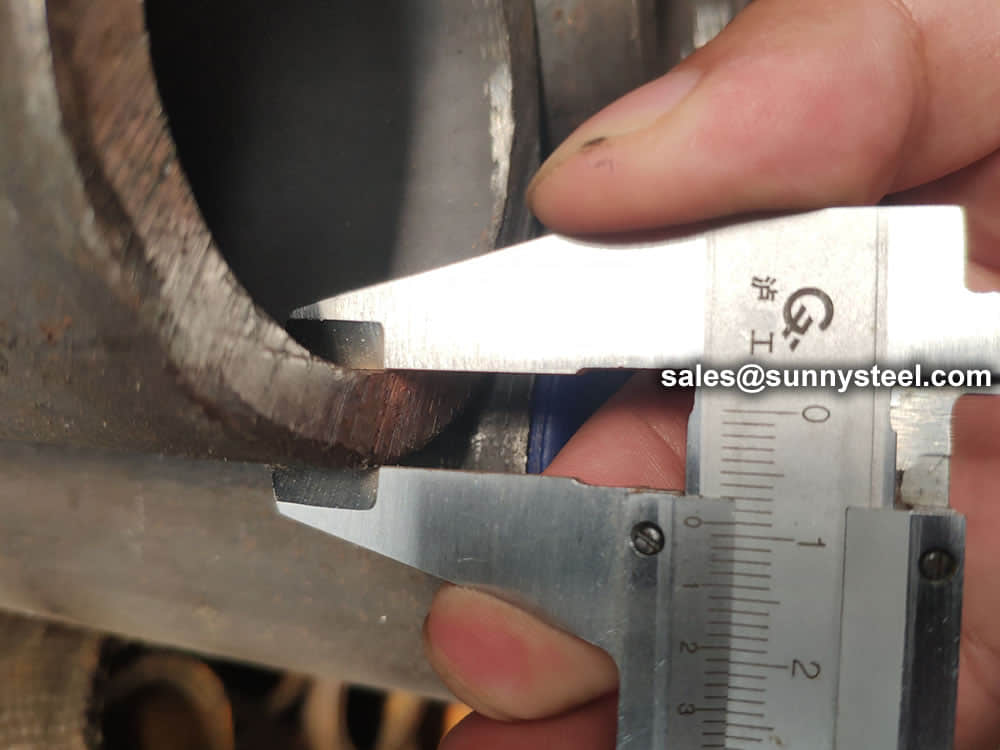
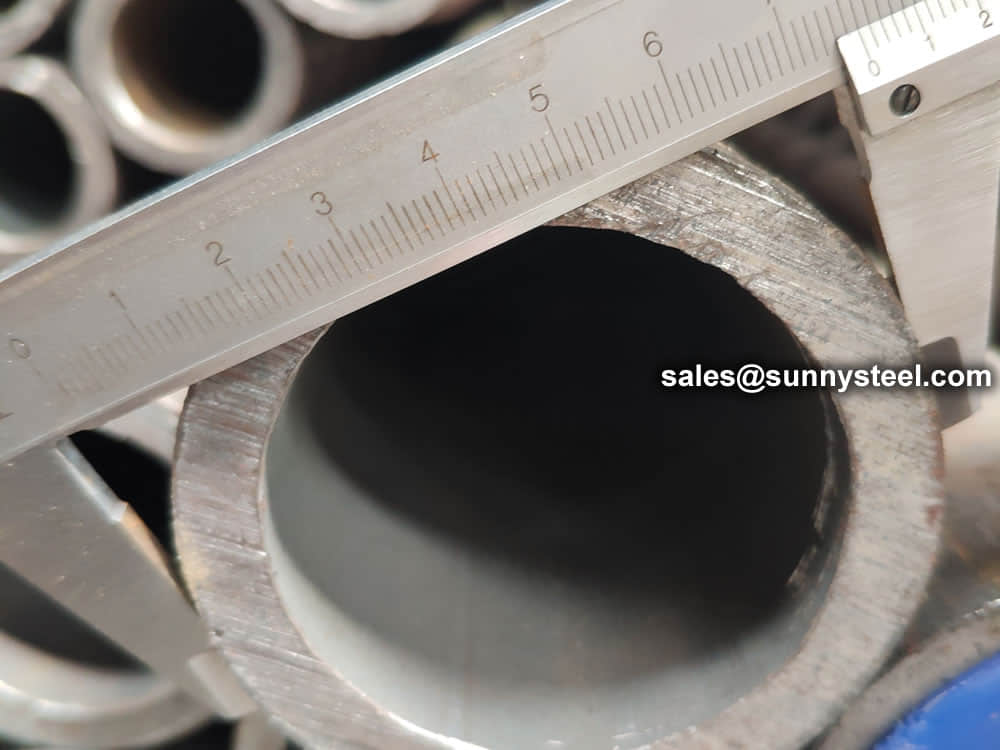
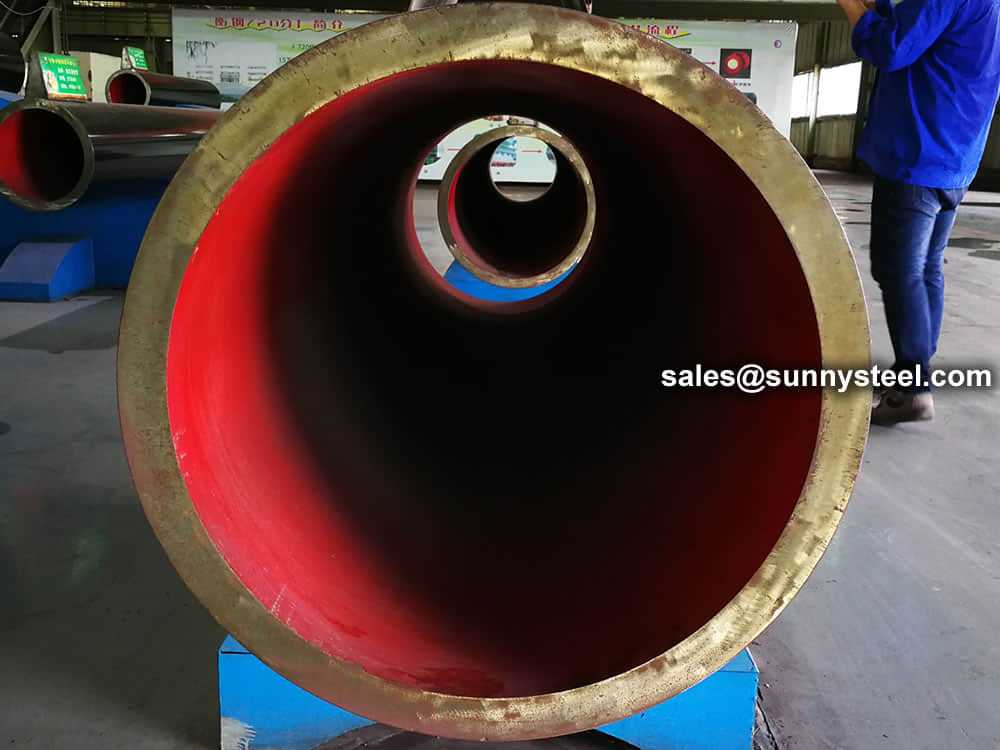
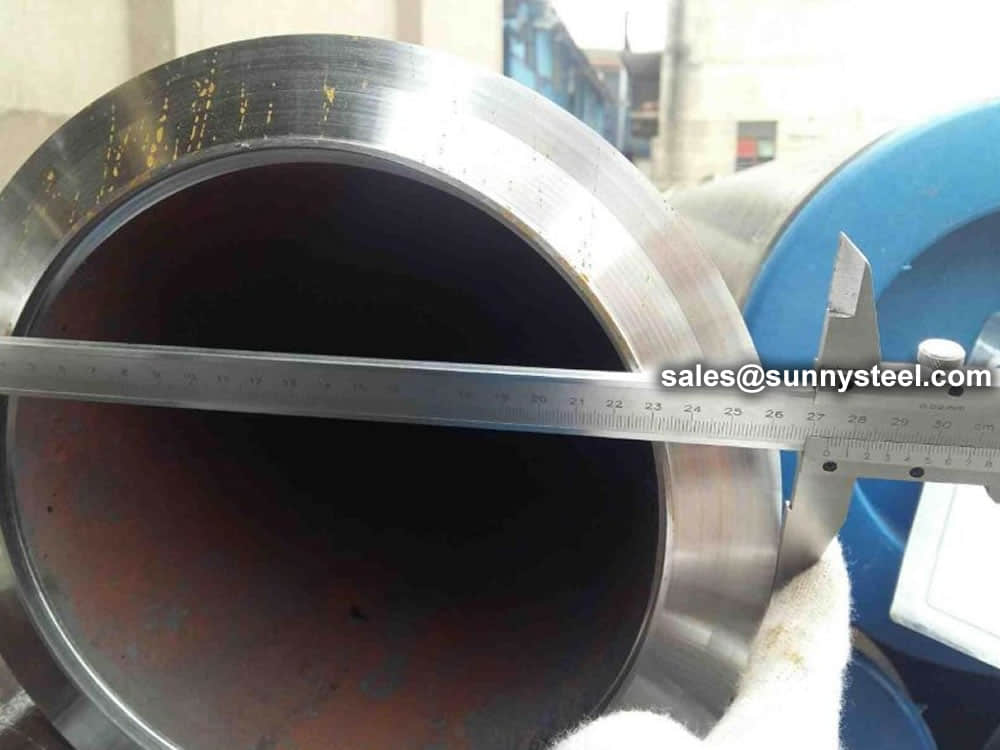
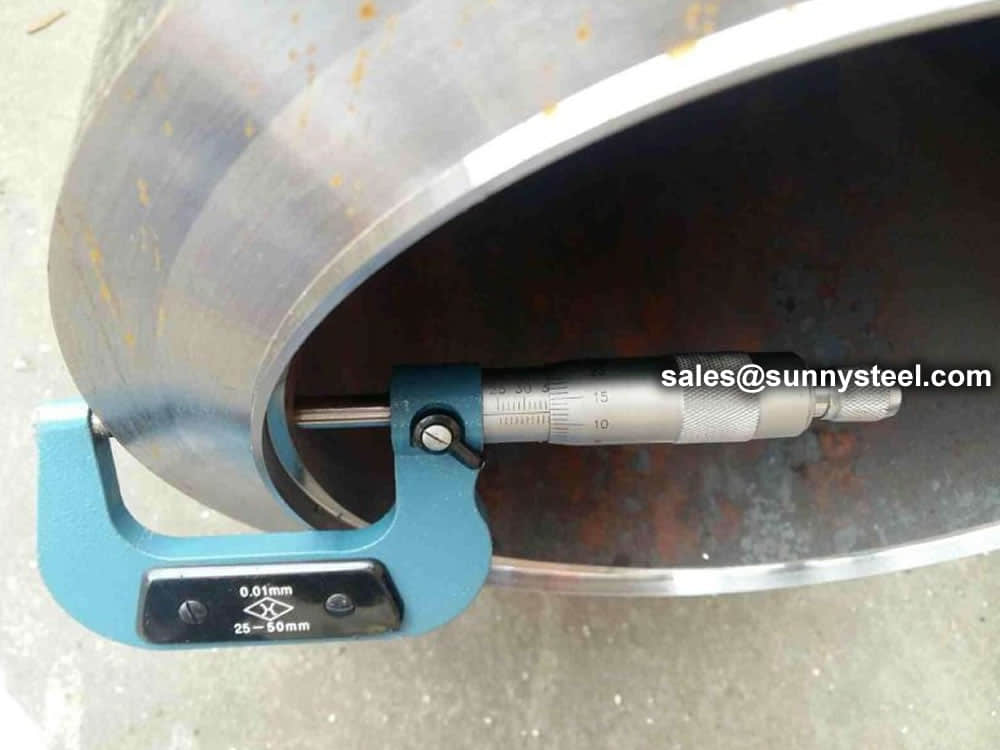
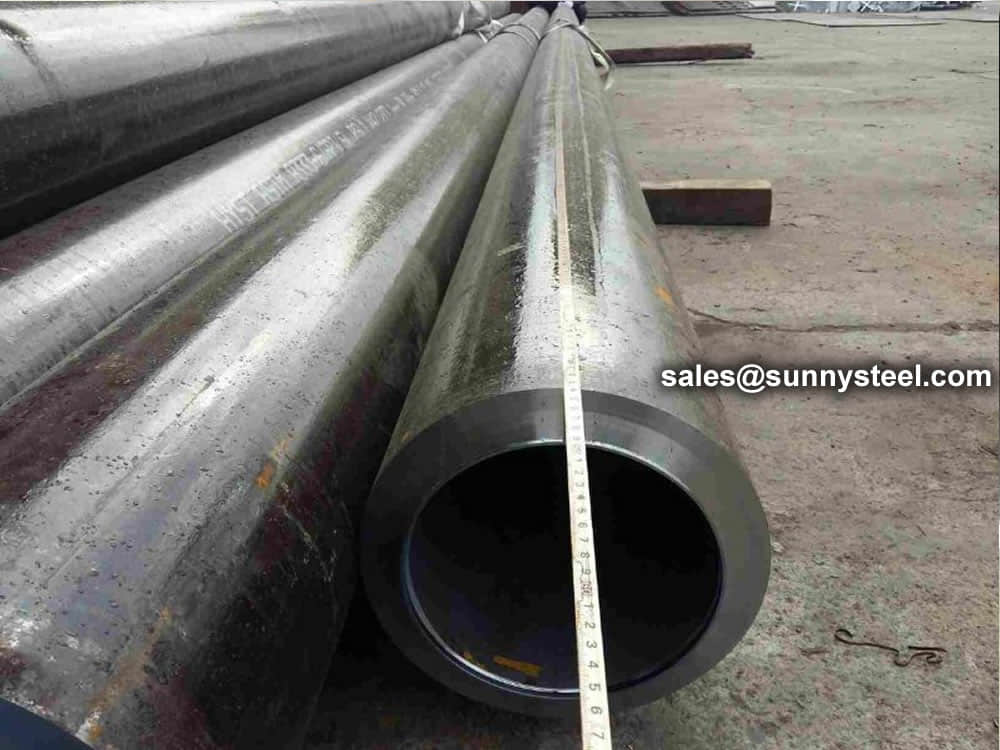
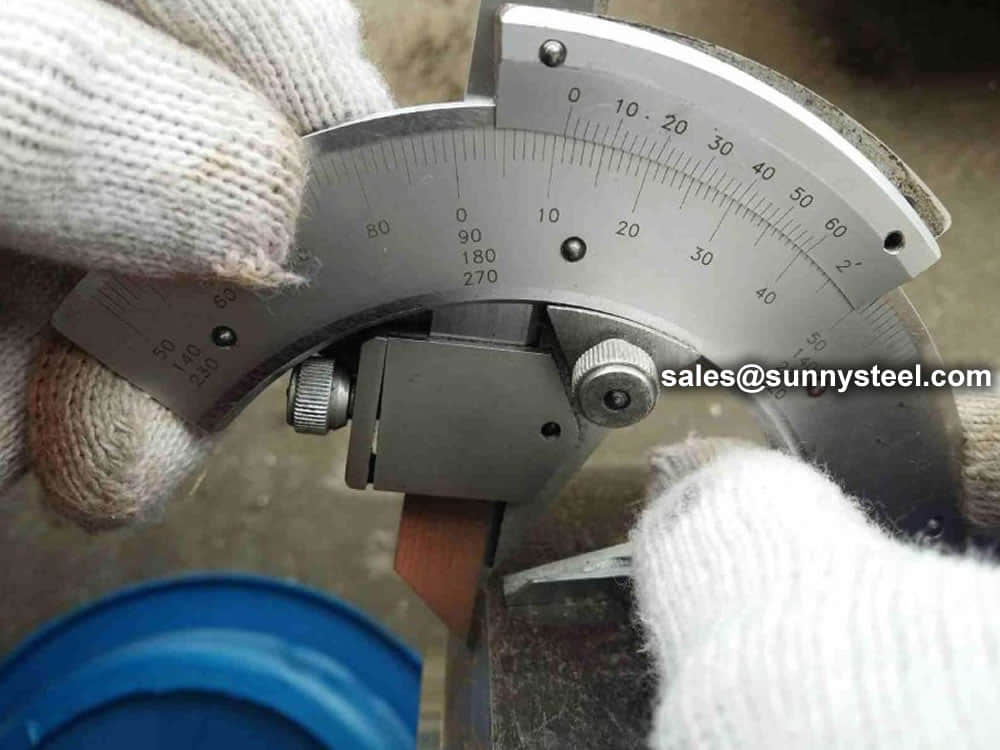
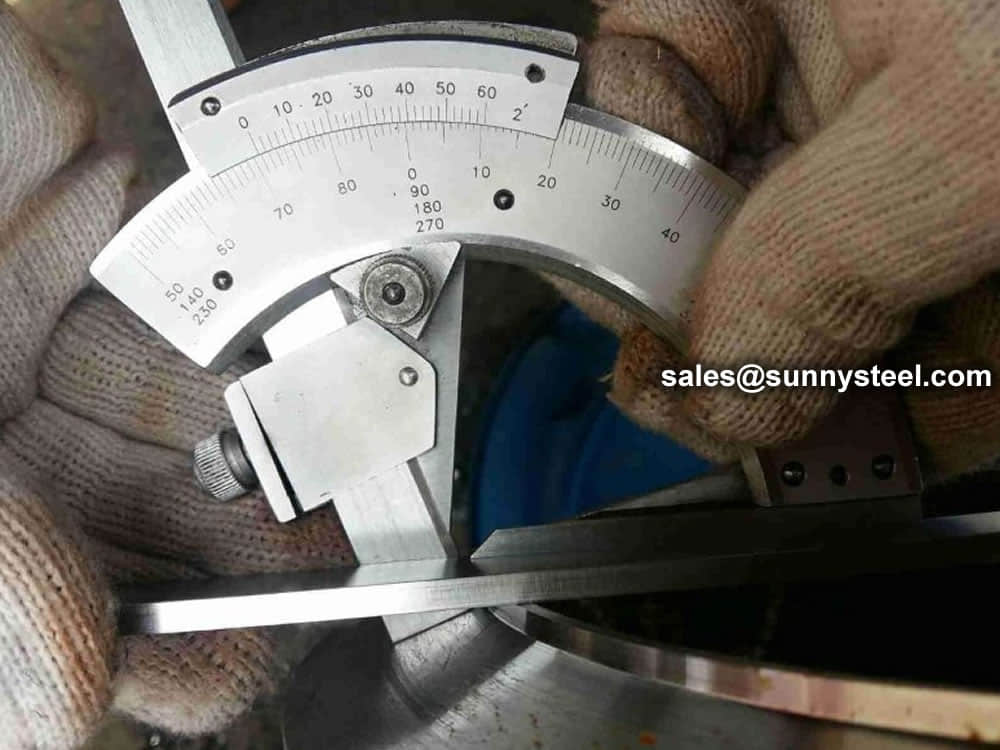
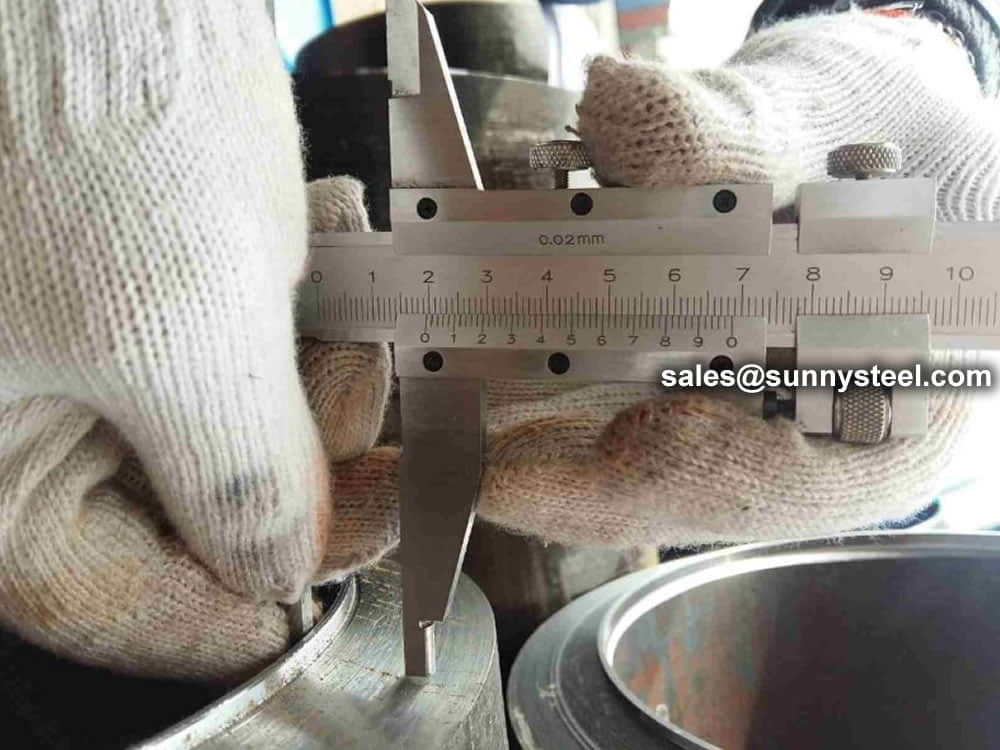
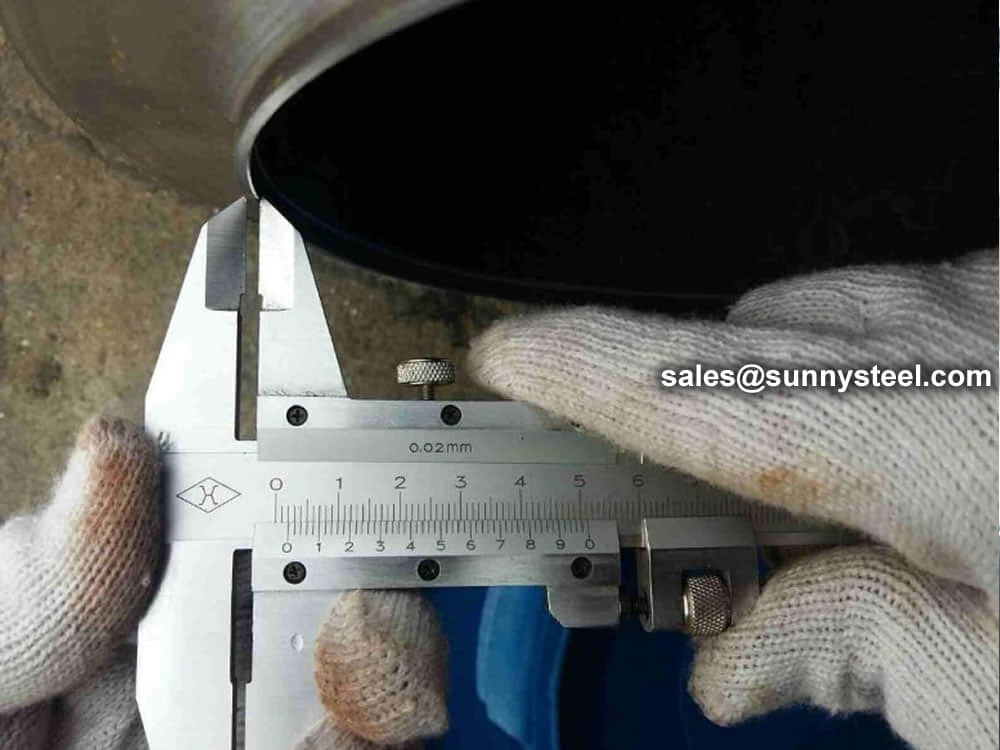
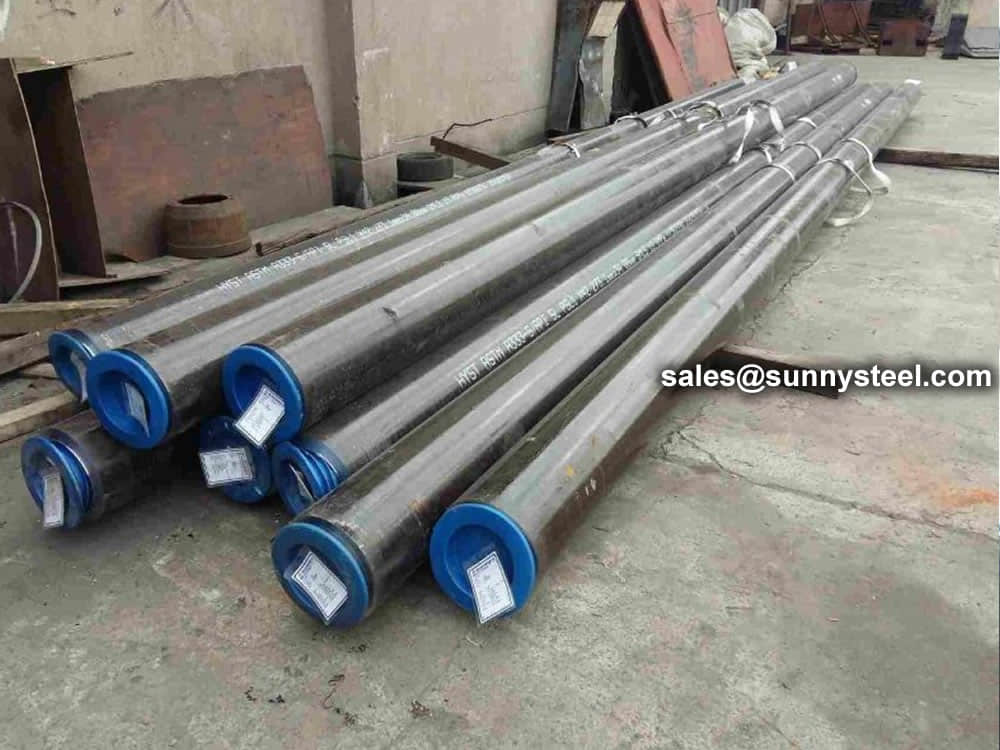
Steel pipe delivery status(condition): cold / hard (BK), cold / soft (BKW), after cold stress relief annealing (BKS), annealing (GBK), normalized (NBK).
| Term | Symbol | Explanation |
|---|---|---|
| Cold-finished/hard (cold-finished as-drawn) | BK | No heat treatment after the last cold-forming process. The tubes therefore have only low deformability. |
| Cold-finished/soft (lightly cold-worked) | BKW | After the last heat treatment there is a light finishing pass (cold drawing) With proper subsequent processing, the tube can be cold-formed (e.g. bent, expanded) within certain limits. |
| Annealed | GBK | After the final cold-forming process the tubes are annealed in a controlled atmosphere or under vacuum. |
| Normalized | NBK | The tubes are annealed above the upper transformation point in a controlled atmosphere or under vacuum. |
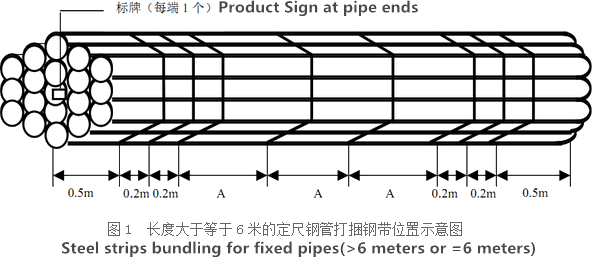
The general cold strip mills, volume should go through continuous annealing (CAPL unit) to eliminate cold hardening and rolling stress, or batch annealing reach the mechanical properties of the corresponding standard specifies. Cold rolled steel surface quality, appearance, dimensional accuracy better than hot-rolled plate, and right-rolled thin product thickness is about 0.18mm, so the majority of users favor.
Cold rolled steel coil substrate products deep processing of high value-added products. Such as electro-galvanized, hot dip galvanized, electro-galvanized fingerprint resistant, painted steel roll damping composite steel, PVC laminating steel plates, etc., so that the excellent quality of these products has a beautiful, high resistance to corrosion, has been widely used.
Cold rolled steel coil finishing after annealing, cut the head, tail, trimming, flattening, smooth, heavy volume, or longitudinal clipboard. Cold-rolled products are widely used in automobile manufacturing, household electrical appliances, instruments, switches, buildings, office furniture and other industries. Steel plate strapping package weight of 3 to 5 tons. Flat sub-volume typically 3 to 10 tons / volume. Coil diameter 6m.
Bare packing/bundle packing/crate packing/wooden protection at the both sides of tubes and suitably protected for sea-worthly delivery or as requested.
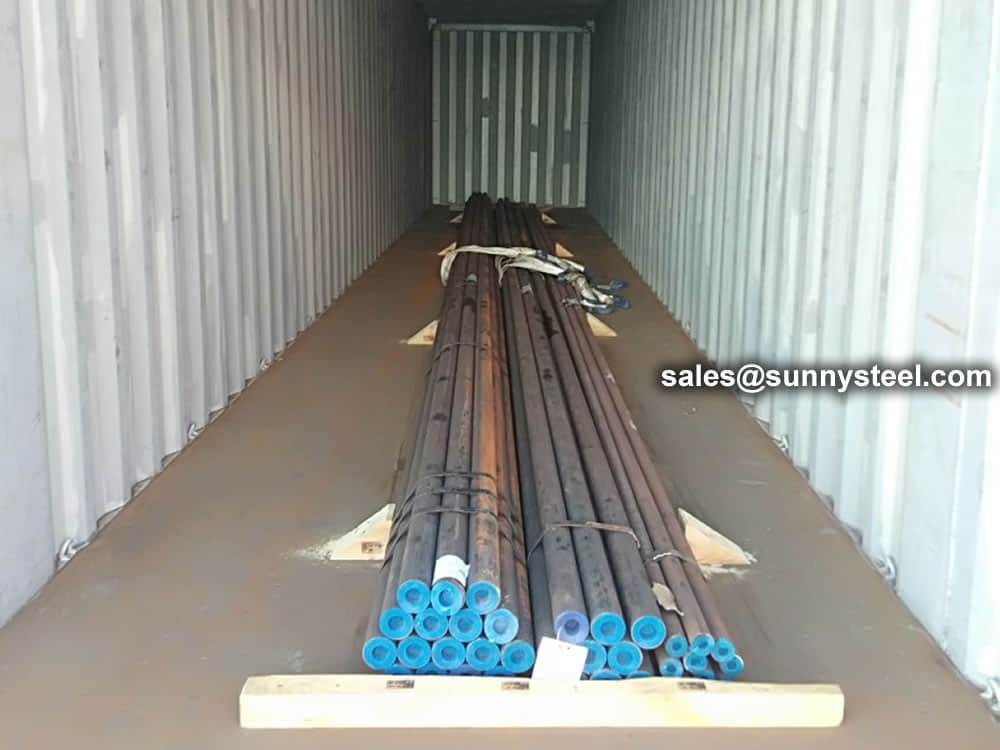
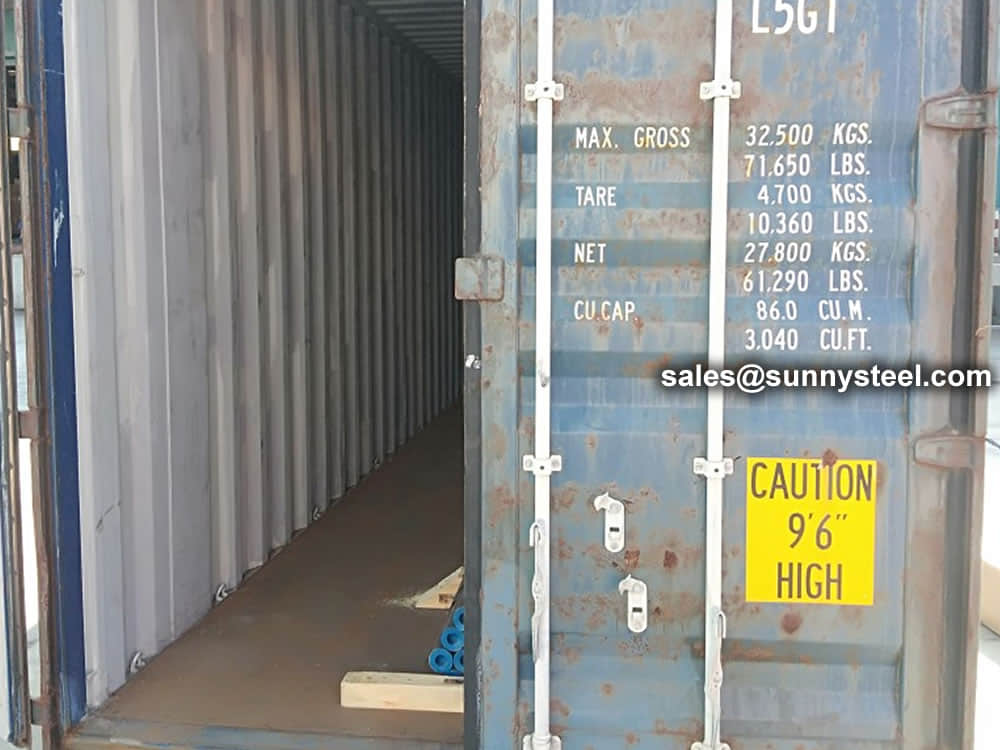
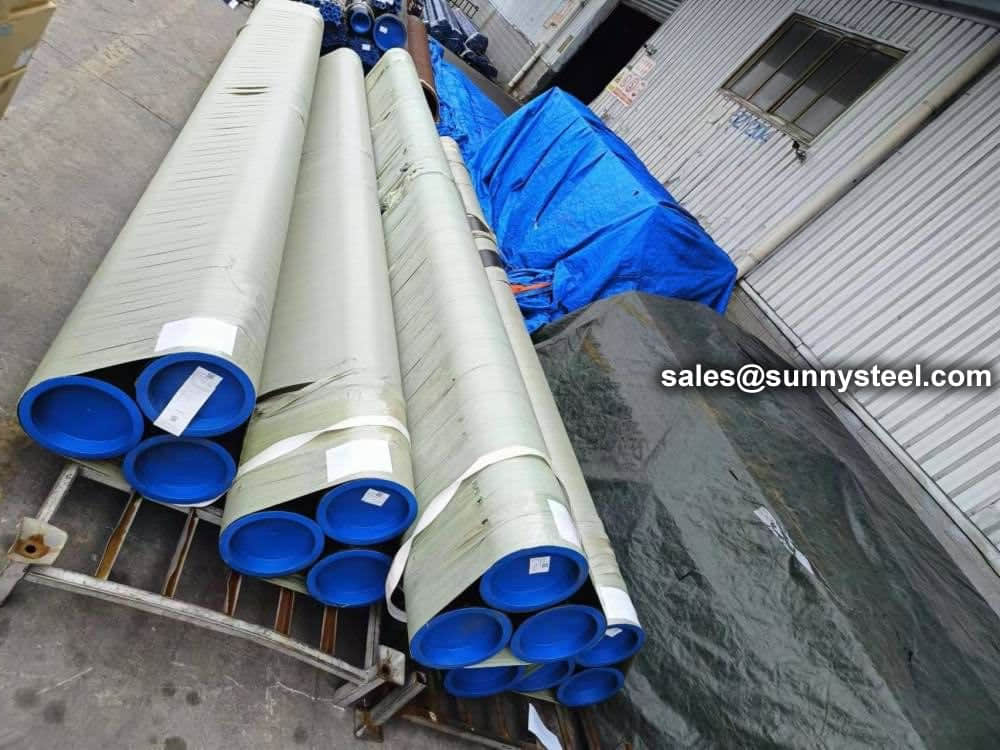
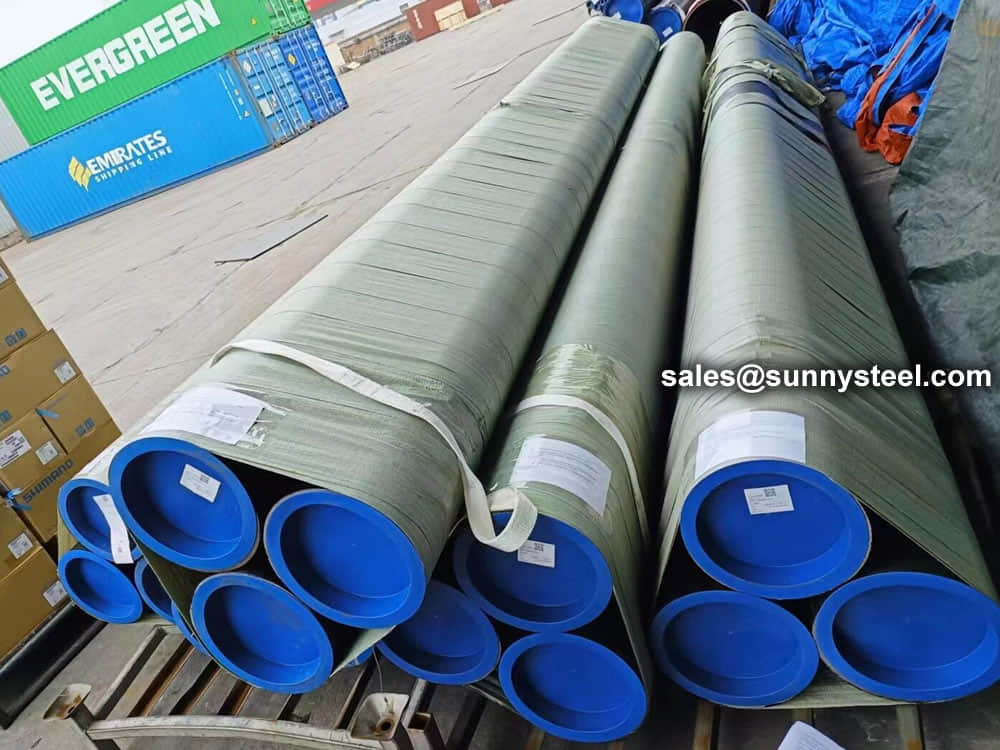
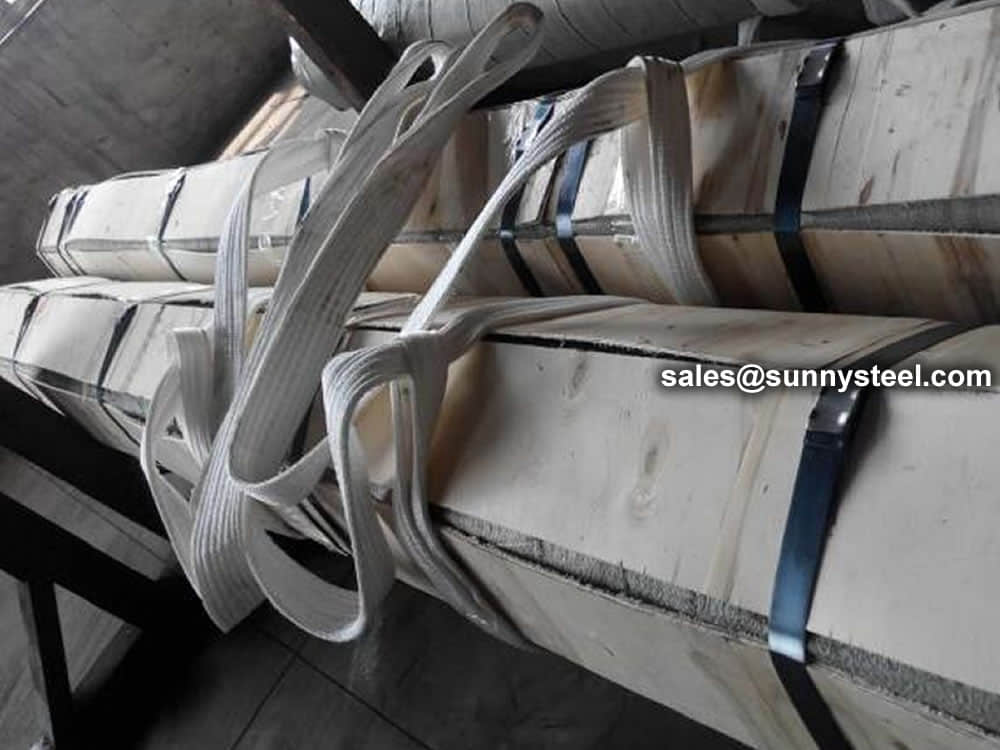
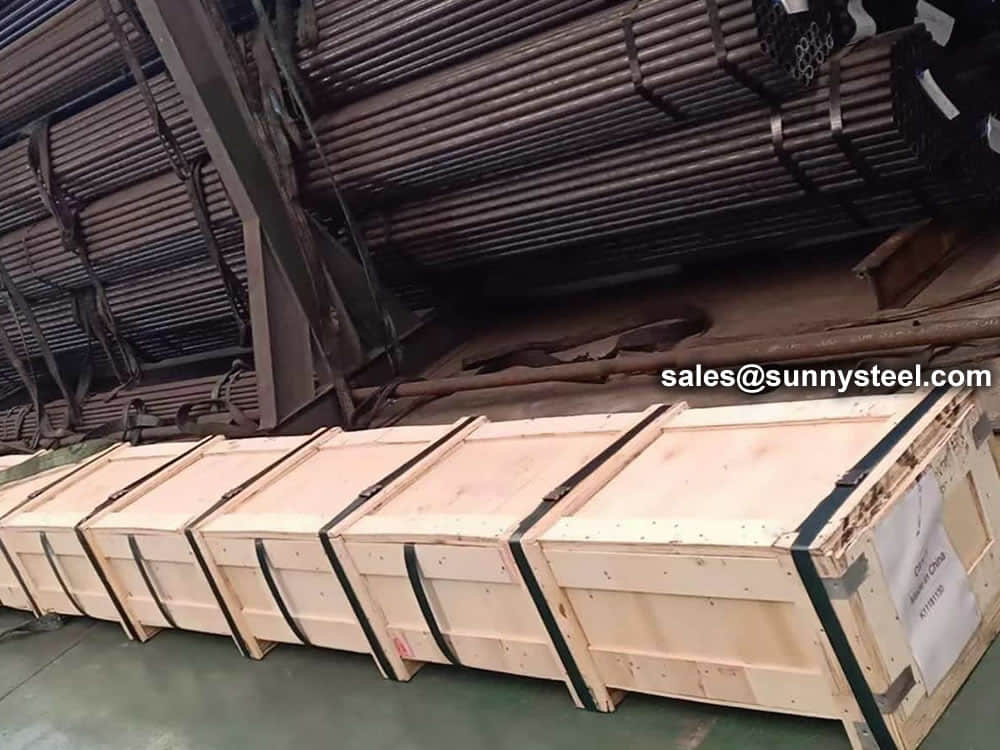
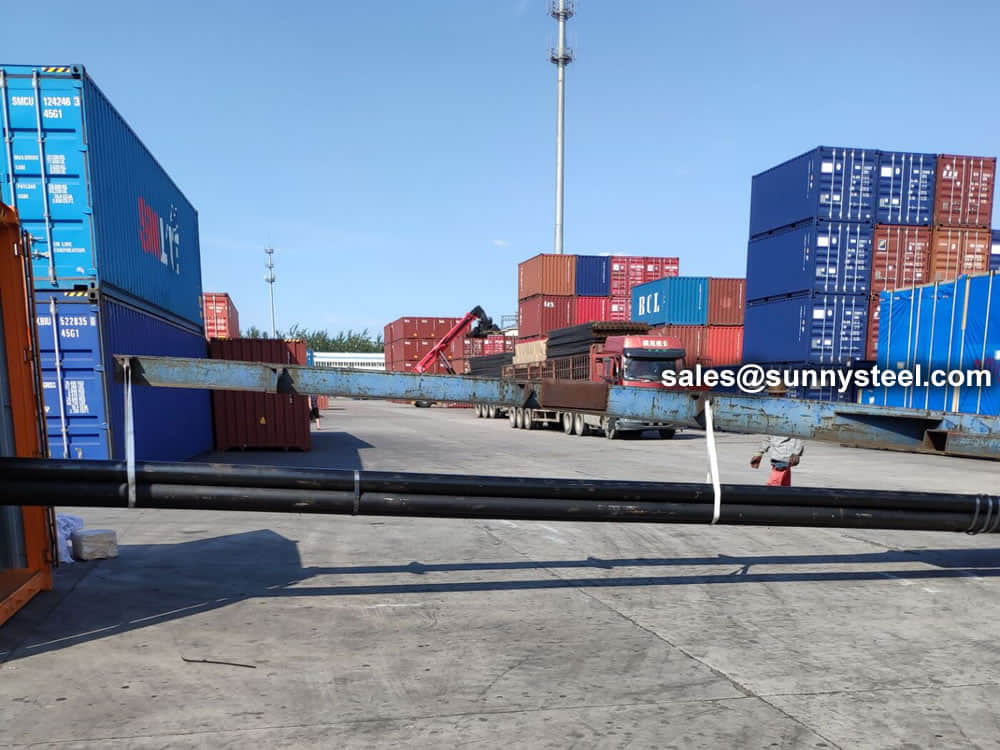
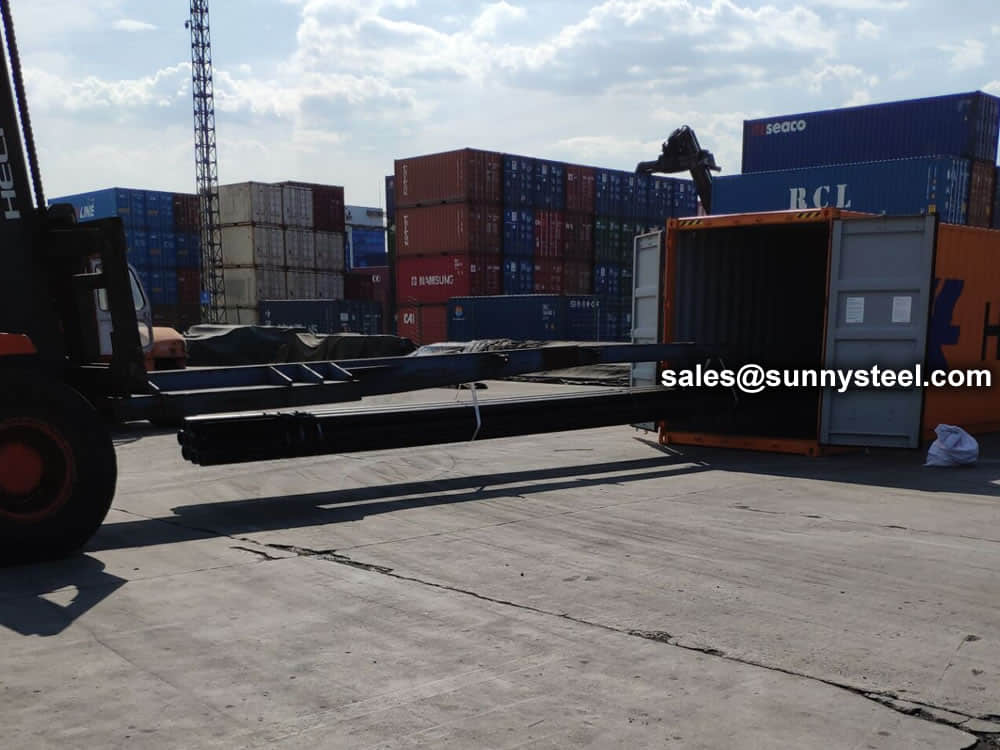
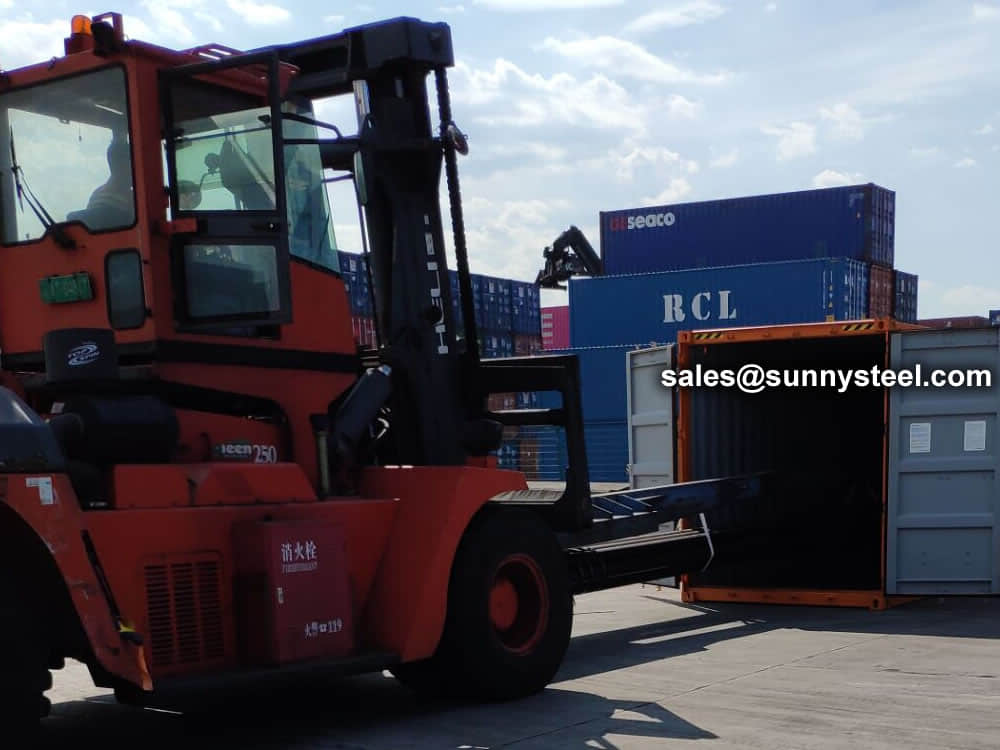
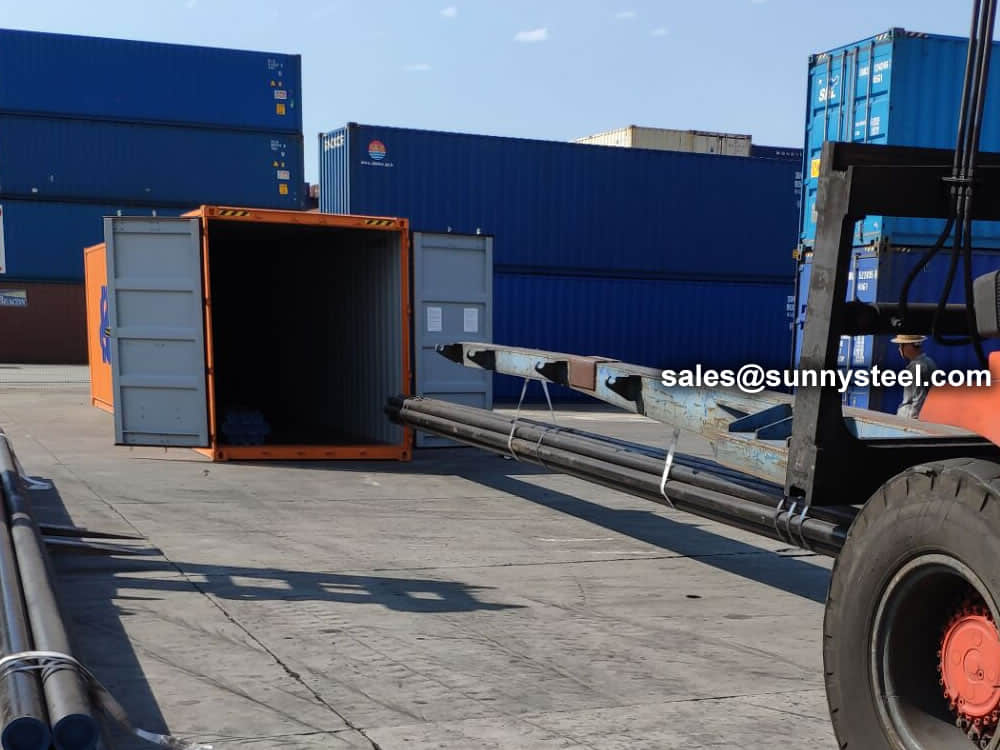
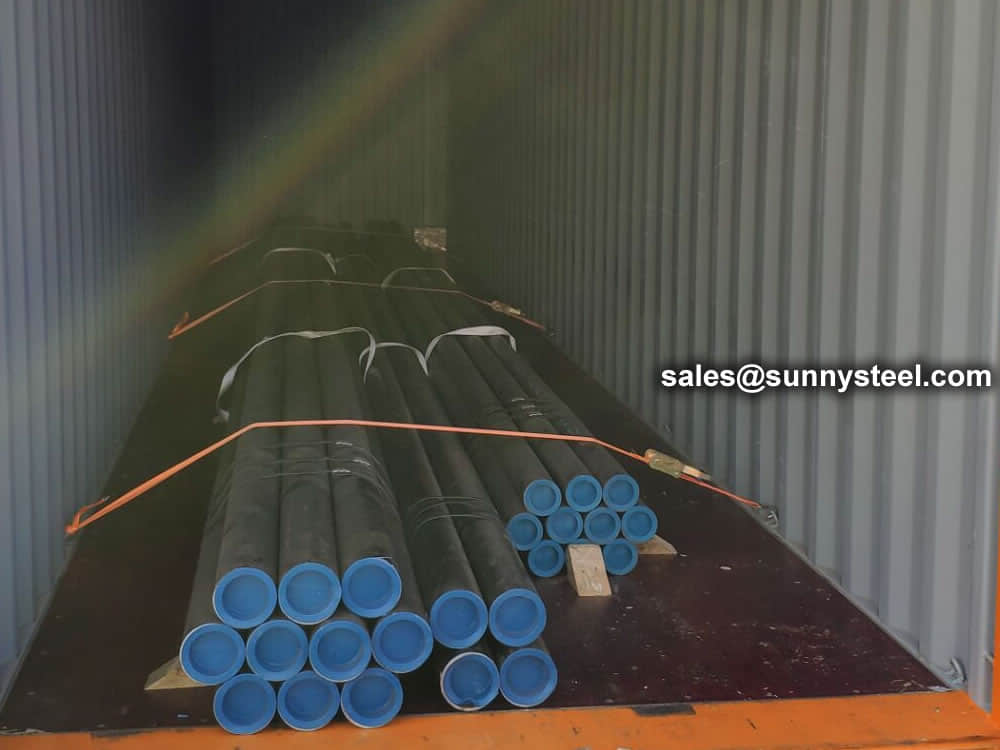
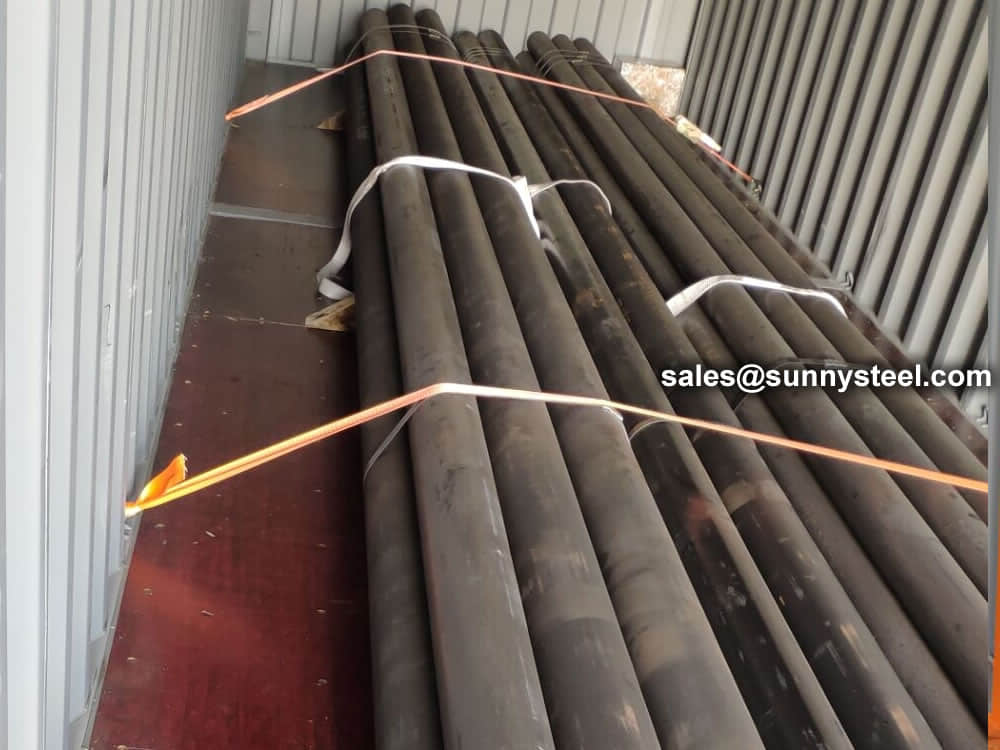
There are probably hundreds of different methods for packing a pipe, and most of them have merit, but there are two principles that are vital for any method to work prevent rusting and Sea transportation security.
Our packing can meet any needs of the customers.
Our team of experienced sales specialists proudly partners with gas and chemical processors, power generation plants, oil refineries, and related industries to offer piping components and value-added services.
Alloy steels are made by combining carbon steel with one or several alloying elements, such as manganese, silicon, nickel, titanium, copper, chromium and aluminum. These metals are added to produce specific properties that are not found in regular carbon steel. The elements are added in varying proportions (or combinations) making the material take on different aspects such as increased hardness, increased corrosion resistance, increased strength, improved formability (ductility); the weldability can also change.
Commonly used alloying elements and their effects are listed in the table given below.
| Alloying Elements | Effect on the Properties |
|---|---|
| Chromium | Increases Resistance to corrosion and oxidation. Increases hardenability and wear resistance. Increases high temperature strength. |
| Nickel | Increases hardenability. Improves toughness. Increases impact strength at low temperatures. |
| Molybdenum | Increases hardenability, high temperature hardness, and wear resistance. Enhances the effects of other alloying elements. Eliminate temper brittleness in steels. Increases high temperature strength. |
| Manganese | Increases hardenability. Combines with sulfur to reduce its adverse effects. |
| Vanadium | Increases hardenability, high temperature hardness, and wear resistance. Improves fatigue resistance. |
| Titanium | Strongest carbide former. Added to stainless steel to prevent precipitation of chromium carbide. |
| Silicon | Removes oxygen in steel making. Improves toughness. Increases hardness ability |
| Boron | Increases hardenability. Produces fine grain size. |
| Aluminum | Forms nitride in nitriding steels. Produces fine grain size in casting. Removes oxygen in steel melting. |
| Cobalt | Increases heat and wear resistance. |
| Tungsten | Increases hardness at elevated temperatures. Refines grain size. |

When you partner with Sunny Steel, you can stop worrying about meeting deadlines thanks to our responsive and timely service. You'll also say goodbye to unnecessary shopping around. Instead, you'll get white glove service from an expert who understands your needs and can get you the materials you need quickly.
